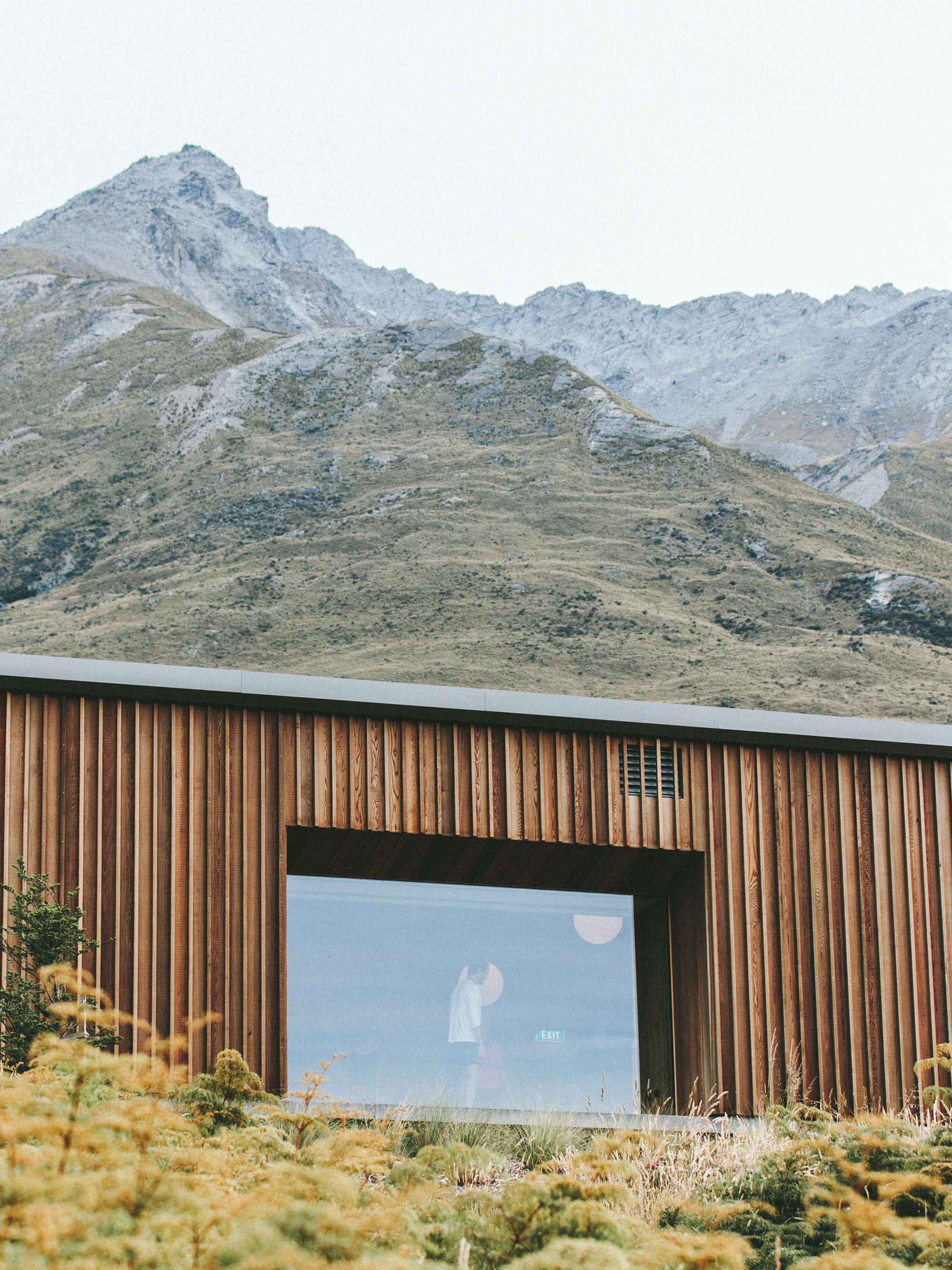BALLY Harford Backpack
BALLY Harford Backpack
Taking inspiration from Bally's Alpine heritage and classic hiking styles, the Harford backpack is made from a sustainable TPU fabric featuring the B-monogram—a green and biodegradable material. A functional style, this backpack features two large compartments to the front, a central laptop pocket and a pocket to the rear. The central compartment includes numerous organizational options including flat and zipped pockets, and card slots. A trolley sleeve to the rear of this style allows it to be placed over the handle of an airport carry-on trolley bag for easy transportation.
Top handle
Top zip closure
Adjustable shoulder straps with cross-buckle fastening
Two front compartments with zip closures
Central compartment with two internal flat pockets, zipped pocket and two card slots
Padded laptop sleeve able to hold up to a 36cm x 25cm / 14.2in x 9.8in device
Width: 30cm/11.8 Height: 42cm/16.5in Depth: 12cm/4.7in
Made in Italy
Click on image for larger view
The Brand
Founded by Carl Franz Bally, what began as a family-run ribbon factory in Schönenwerd quickly became a pioneering global brand by the turn of the century as Bally industrialized its processes, built infrastructure and services to support its employees, and expanded stores from Montevideo, Uruguay to Paris, France. Bally dares to be different, always designing with longevity in mind. The team of multi-generational artisans based in Caslano, Switzerland, handcraft styles with consistency and care, embodying our dedicated approach to making shoes, accessories and ready-to-wear.
Sustainability Support
By charting critical courses of action and setting short and long-term goals within these business areas, we aim to mitigate our environmental footprint and promote social and economic well-being in accordance with the United Nations’ Sustainable Development Goals (SDGs) and The Fashion Pact, the latter of which Bally is a committed signatory. Building on their history of innovation, Bally’s future depends on the ability to accelerate change and find unprecedented solutions that can bring distant goals within reach, like introducing a fully circular product to the market (2025), reducing single-use plastics in B2B and B2C product packaging by 30% (2025), and by 100% (2030).









Praesent id libero id metus varius consectetur ac eget diam. Nulla felis nunc, consequat laoreet lacus id.